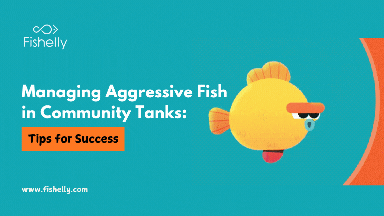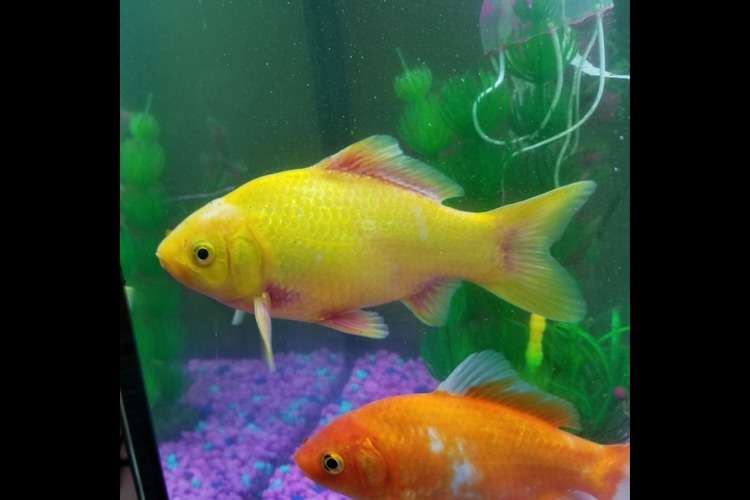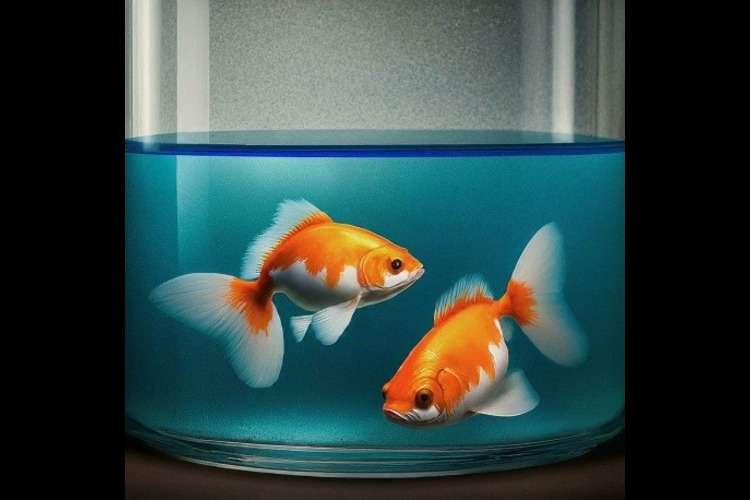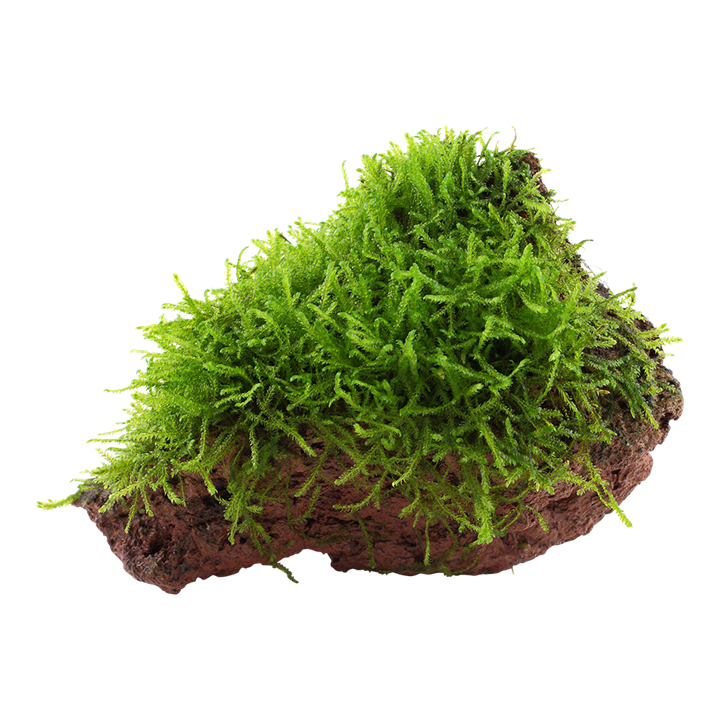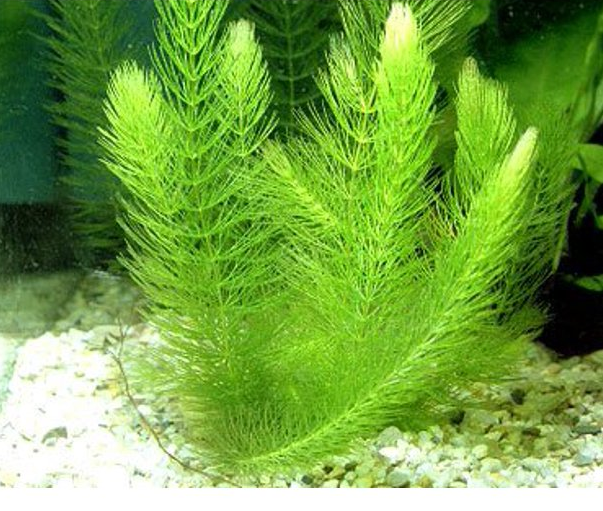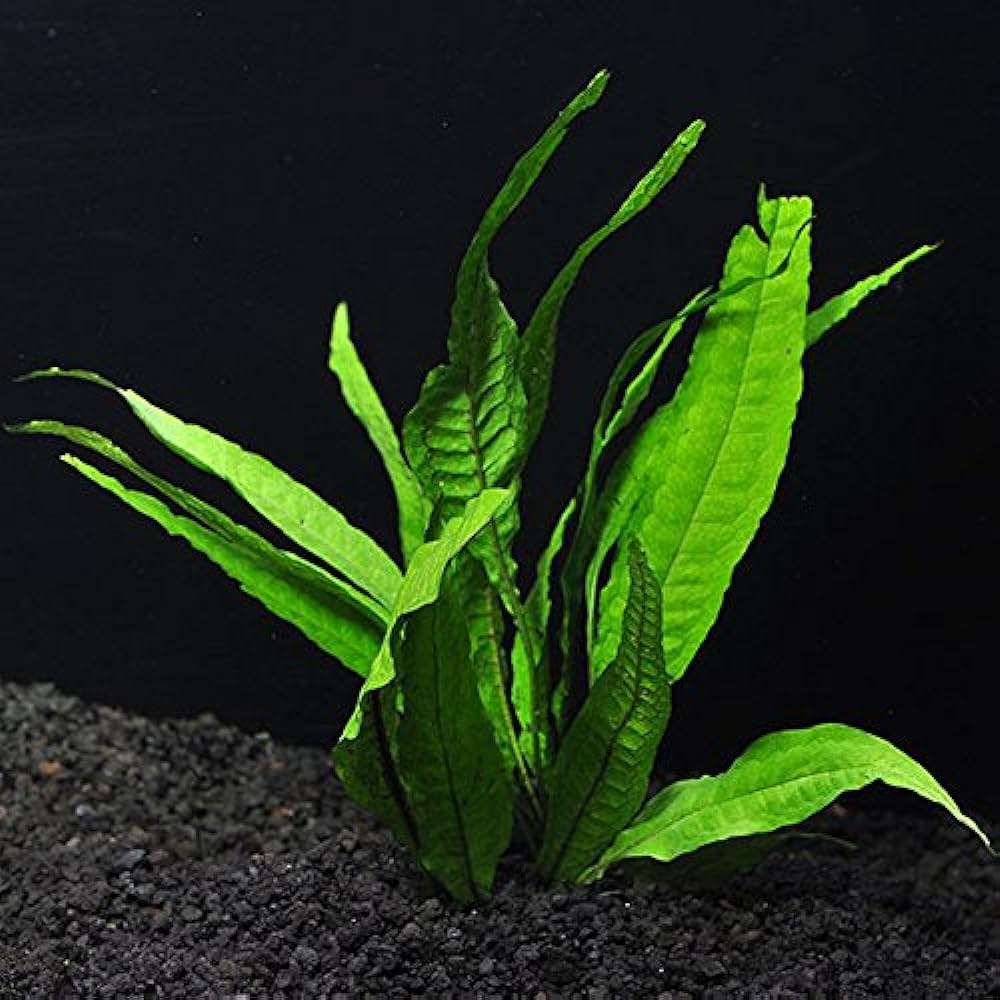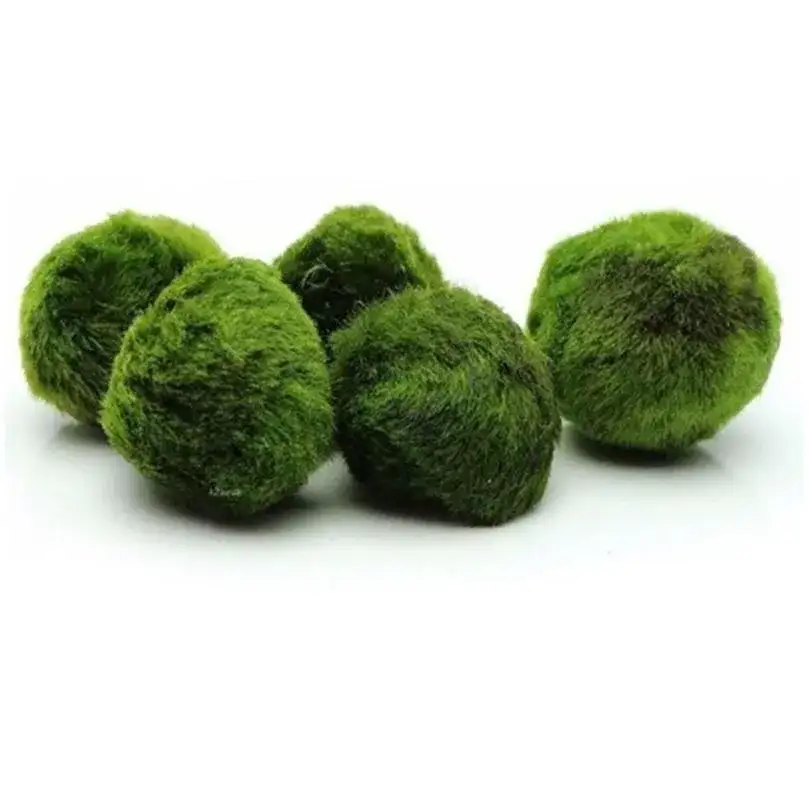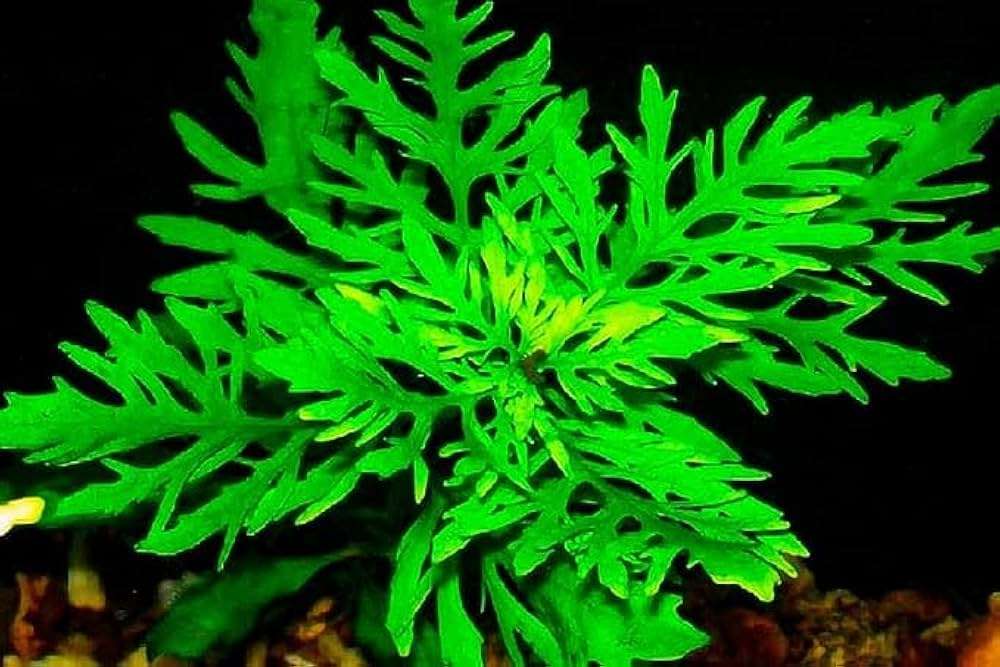Managing Aggressive Fish in Community Tanks: Tips for Success
Learn how to manage aggressive fish in community tanks by providing space, creating hiding spots, and choosing compatible species to maintain peaceful coexistence.
Table of Contents
- Understand the Aggressive Fish
- Provide Adequate Space
- Add Some Hiding Spots
- Add Fish in Groups
- Avoid Fish with Similar Traits
- Monitor and Manage Water Quality
- Use the "Divide and Conquer" Method
- Rearrange the Tank
- Consider Removing the Aggressive Fish
- Provide Proper Nutrition
- Faq
- Conclusion
Aggressive fish can be a real challenge when you have a variety of species in a community tank. Most fish are peaceful, but some fish may become territorial, chase around smaller tankmates, or even be violent. Knowing how to handle aggression in a community tank requires a lot of knowledge, patience, and the right strategy. Here's how to deal with aggressive fish in a community setting:
Understand the Aggressive Fish
This comes before any action, determining the nature of the aggressive fish. Some species tend to be territorial, and so are cichlids or bettas, and others may become aggressive based on stress or competition in finding food. Knowing which is the trigger for their aggression—be it space, food, or perhaps breeding—will help to really rectify the problem.
Provide Adequate Space
Overcrowding is among the leading causes of aggression. Ensure your tank has sufficient space to keep all your fish comfortably. The bigger your tank, the less territorial species will claim without entering other's spaces. Add as many hiding places, plants, and ornaments as possible to allow your fish to retreat somewhere.
Add Some Hiding Spots
Provide hiding places for subordinate fish. Use plants, rocks, caves, or driftwood to help create a more natural environment for the fish to escape the aggressive encounter. These provide the hiding places that the shy or smaller species would need from bullies.
Add Fish in Groups
Some species become less aggressive if kept in groups. More of the same species introduced to the aquarium will also lessen the chance of bullying because aggression tends to spread through the group, leaving fewer chances for any one fish to bully the others. This is especially true of schooling fish like tetras and barbs.
Avoid Fish with Similar Traits
When choosing fish for a community tank, avoid pairing aggressive species with similar-looking or similarly sized fish. For example, male bettas are known to be territorial and may attack other colorful or similarly shaped fish. Mix species that have different characteristics to reduce the chances of conflict.
Monitor and Manage Water Quality
Poor water quality can exacerbate aggression. Ensure that the water parameters, such as temperature, pH, hardness, and ammonia levels, are within the optimal range for all the species in the tank. A healthy and stable environment will help reduce stress and aggression.
Use the "Divide and Conquer" Method
In this situation, after some time, you will get aggressive fish. If these behaviors persist, then install a tank divider to move the aggressive fish to their solitary tanks. This will recover peaceful fish while allowing aggers to stay in this community tank. Gradually you can introduce them slowly, and sometimes aggression does calm down.
Rearrange the Tank
Shuffling the layout of the tank may break up territorial boundaries that aggressive fish have set. Rearranging decorations and plants can confuse the territorial fish and decrease the likelihood of them defending an area, thus decreasing aggression.
Consider Removing the Aggressive Fish
If all else fails, the best option may be to remove the aggressive fish from the community tank. While this may seem like an extreme measure, it can be the most effective solution to restore peace. Consider setting up a separate tank for the aggressive species, or find a new home for them if they can't coexist with others.
Provide Proper Nutrition
Competition for food can also stimulate aggressive behavior. Ensure that all fish are fed well, and provide a variety of foods so that smaller or slower fish have an opportunity to eat. This can reduce stress and minimize the potential for aggression.
Faq
1.Why do fish become aggressive?
Due to territoriality, stress, food competition, or breeding.
2.How to reduce aggression?
Provide space, hiding spots, and add fish in groups.
3.Which fish are aggressive?
Cichlids, bettas, and certain barbs.
4.How does tank size affect aggression?
Larger tanks reduce territorial disputes.
5.Can adding more fish help?
Yes, adding more of the same species can reduce aggression.
6.What if aggression persists?
Rearrange the tank, use a divider, or remove the fish.
7.Does water quality affect aggression?
Poor water quality increases stress and aggression.
8.Should I remove aggressive fish?
Yes, if necessary, to restore peace.
9.How to prevent food-related aggression?
Ensure all fish are fed well and provide variety.
10.Why are hiding spots important?
They give fish a place to escape, reducing stress.
Conclusion
Aggressive fish in community tanks are dealt with through a combination of strategies to improve the environment and ensure that all species can live in harmony. Their behavior should be understood, and adequate space and hiding spots provided, as well as maintaining a healthy tank. Applying these techniques will help you create a peaceful community where fish thrive together.
